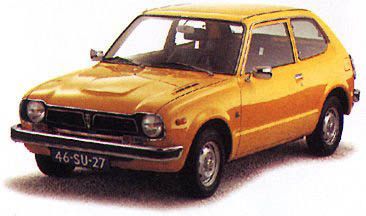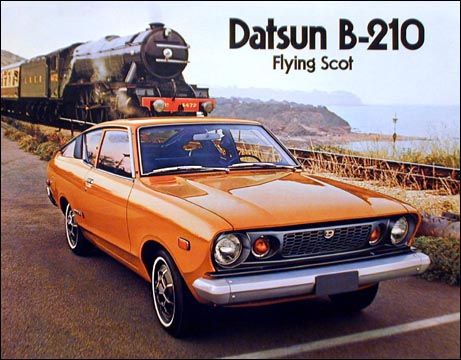Hyundai->ke201 is a haunted company. It is trying to shake to ghosts of crappy cars. It is saddled with the image of former offerings like the Excel that, well, didn’t. This has been a great motivator for the South Korean company. It has been substantially raising the level of build quality since its introduction to the U.S. in 1986 because Hyundai doesn’t want to jinx its name, again.
The last few Hyundais we’ve has in the TopSpeed test fleet have been truly impressive. It fells like a Japanese car at a lower price. This is exactly what Hyundai wants because it is taking dead aim at Toyota and Honda. But what I wonder about is no matter how good its cars really are will Hyundai ever be taken as seriously as it’s Japanese benchmarks?
Most people think Japanese cars arrived in the U.S. in the 70s at a critical point when the U.S. was going through a gas crisis. In fact, most now-established Japanese brands had already been selling cars here for about a decade. Their first examples were horrendous little cars that were so underpowered that small hills felt like the Rocky Mountains, and the only thing fast about the car was the rate at which parts fell off. But no one paid them much attention at the time anyway, so the buying public forgot much of the early failures.
The Japanese were fast learners. By the first gas crisis in 1973, they had found the right mix of power/fuel economy/quality that they are now know for. At the time the U.S. was discovering Hondas and Toyotas, the domestic automakers were complacent in production. “Detroit makes, the world takes”, was the motto. General Motors, Ford and Chrysler were selling everything they could produce, and quality was taking a back seat. So when people originally came in to trade in their big Detroit cars for high-fuel Japanese cars, they came back again for the quality and reliability.
Toyota, Nissan (Datsun) and Honda gained a foothold on the public that allowed it to grow with its customers. Once gas crises were over, the Japanese offered cars that were larger, sportier, and more luxurious. That meant the U.S. buyer never had to go back to the domestics.
Today, Hyundai is trying to be like Toyota in the U.S., but one of its biggest problems is that there is already a Toyota here. It has to convince the public that for the price of slightly used Toyota, buying a new Hyundai is better. While Hyundai is offering persuasive arguments in its latest cars, it is still an uphill battle. Unlike the fuel crises of the 70s, there are already plenty of cheap, fuel-efficient cars to choose from when the prices at the pump rise. Also, any more cars like its first offerings in the U.S. and Hyundai’s reputation could be damaged beyond repair.
The Japanese makers didn’t even have it this hard. Their offerings in the U.S. were known to have the occasional misstep. For example, the 1974 Datsun B210 could rust just as fast as Detroit’s finest. But this was relatively forgivable because the U.S. had not already had decades of superior reliability.
So will lower prices and bigger warranties make people love cars from South Korea just as much as ones from Japan? Hyundai wants to think so. Just like the Japanese, it’s making its offerings larger, more powerful, and more luxurious, for when customers are ready to graduate from their small cars.
For Hyundai, it seems it’s now just a matter of keeping quality and getting lucky.


